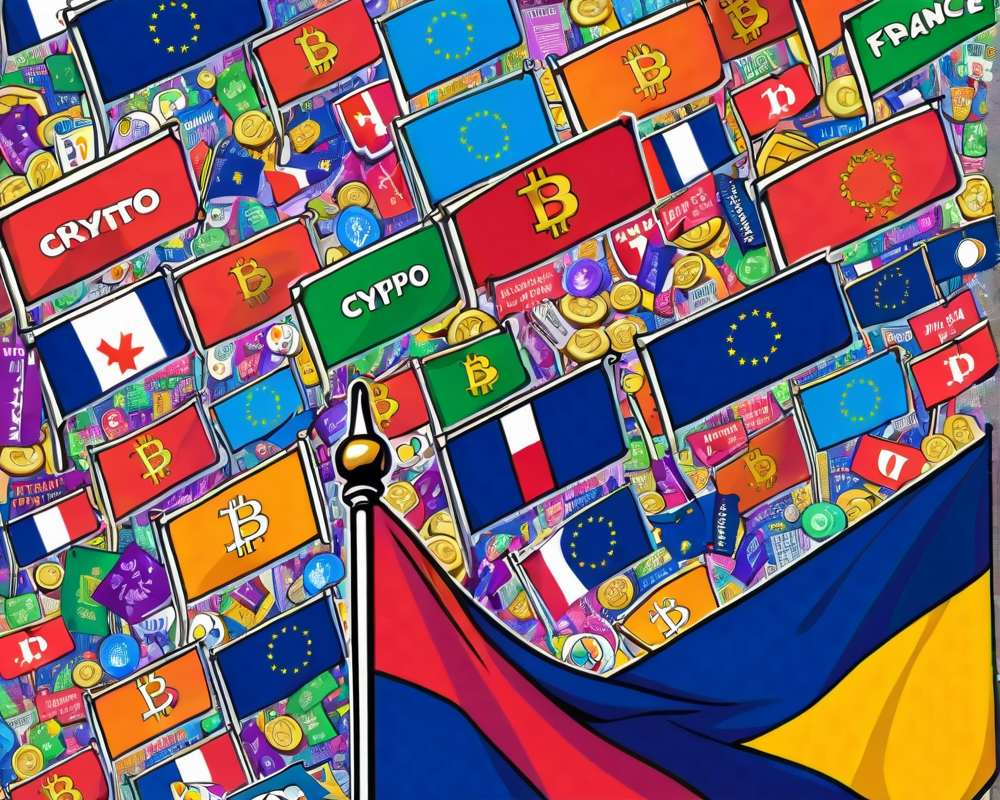Decentralized Finance: A Rapidly Expanding Frontier
Decentralized finance, or DeFi, has taken the blockchain world by storm. With over 200 projects sprouting up at a breakneck pace, this sector is the hot topic of conversation among crypto enthusiasts. And if that wasn’t enough to get your heart racing, the staggering figure of over $7 billion locked in DeFi protocols surely is. However, with rapid growth comes increased risk, and that’s where the soap opera of security breaches plays out.
The Security Pains of a Growing Sector
In the race to market, it seems many DeFi projects are pumping out products faster than you can say “smart contract.” Unfortunately, the haste often leads to neglecting security issues that could crush user trust faster than a poorly placed bet at a casino. We’ve all seen the consequences: hacks, sharp drops in user funds, and a few teams claiming they’ll just put their code under a magnifying glass after the fact. Talk about lessons learned the hard way!
Notable Hacks: When Going Too Fast Leads to Crashes
Remember the drama of 2020? Let’s revisit a few cringe-worthy moments. In February, the bZx protocol faced a double whammy due to hack attacks that snatched nearly $1 million. Then in April, dForce was drained of $25 million through a reentrancy attack. And don’t forget Balancer, which lost $500,000 due to a contract oversight. Ouch! Each time, the stories concluded with red-faced developers promising to fix the vulnerabilities and improve their protocols. But will these promises hold up, or will they vanish faster than funds going out the back door?
Ethereum: A Double-Edged Sword
Interestingly, many DeFi projects are built on Ethereum, a blockchain that itself has seen its share of bumps and bruises. Fortunately, Ethereum developers are aware of these growing pains and are working on the Ethereum 2.0 upgrade. New attack networks are being established, creating a safer playground to test out the new features. This effort shows that even a five-year-old blockchain can still teach an old dog new tricks, especially when it comes to security.
Proactive Measures: Self-Hacking and Code Reviews
Given the current landscape, DeFi projects can take proactive measures to counteract vulnerabilities. Constant code reviews and self-hacking are critical! It may not be glamorous, but letting an external team poke and prod at your code can prevent future headaches. Sure, it may take longer and demand more rigorous testing—but guess what? A secure product means a better user experience in the long run!
Play it Safe: The Importance of Product Maturity
One important lesson to learn is to allow products time to mature before opening the floodgates. While the urge to beat competitors to market is strong, building a product on a solid foundation of security should take precedence over speed. After all, nobody wants to operate a funhouse of tricks—unless you’re a magician!
Conclusion: A Balancing Act of Growth and Security
The DeFi sector is undoubtedly on a rollercoaster of exciting growth, but it’s crucial for projects to balance this enthusiasm with a solid focus on security. As we’ve seen, shortcuts can lead to sharp declines in trust, overshadowing all the innovative products being launched. Let’s keep our fingers crossed that the future of DeFi not only includes flashy new financial tools but also solid foundations built on security and trust.




